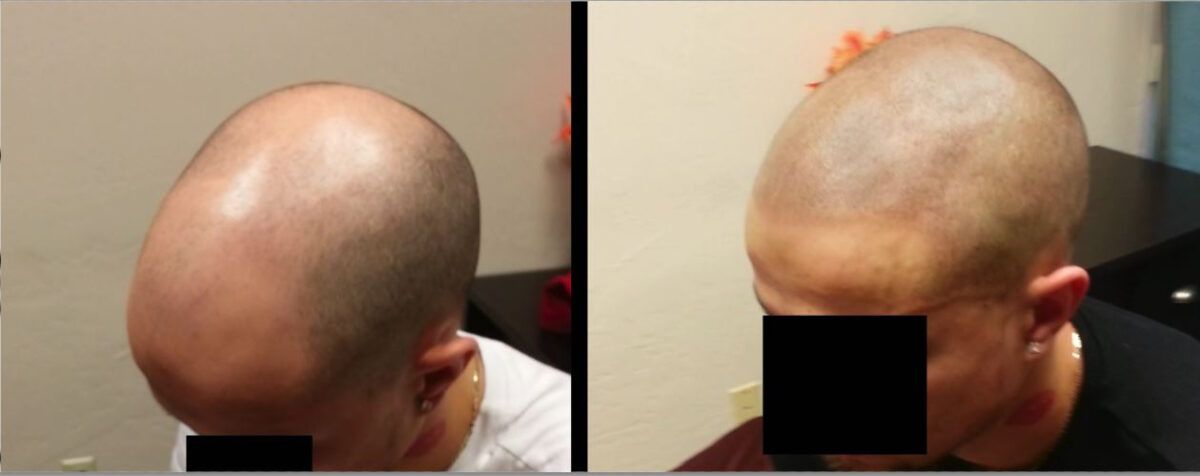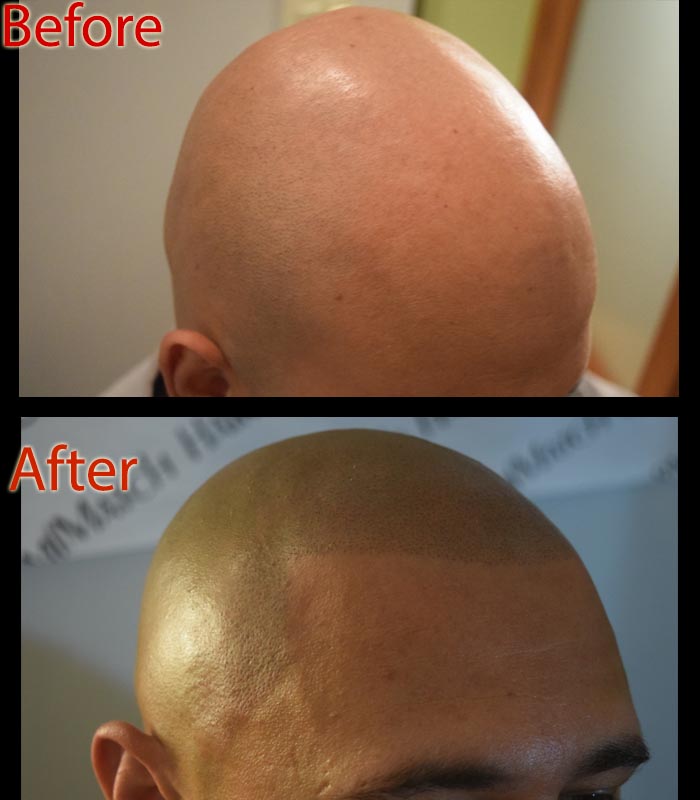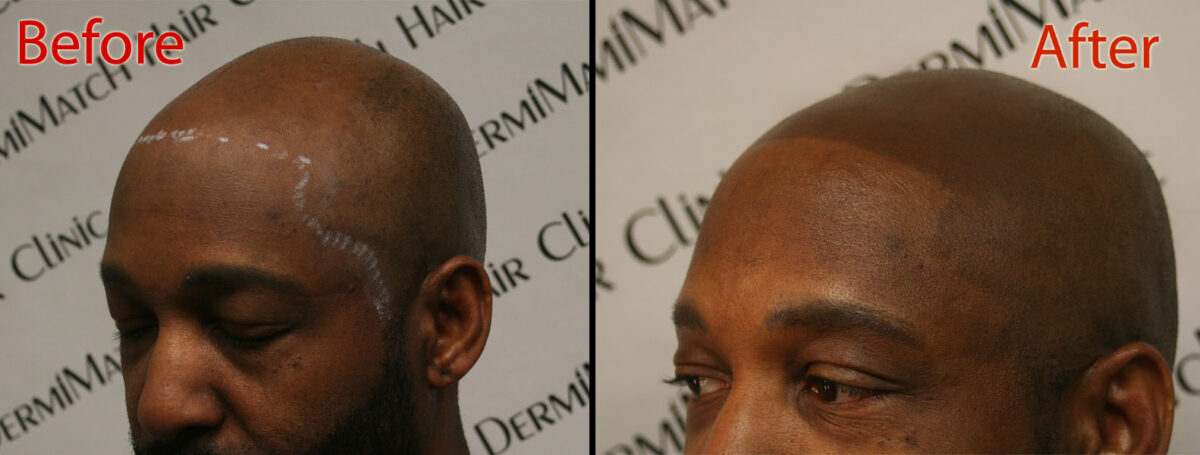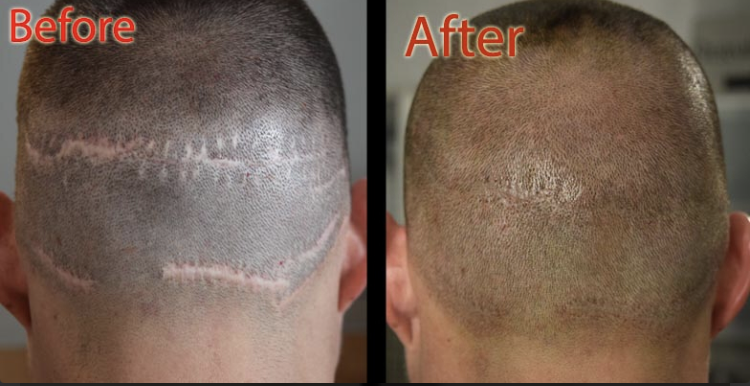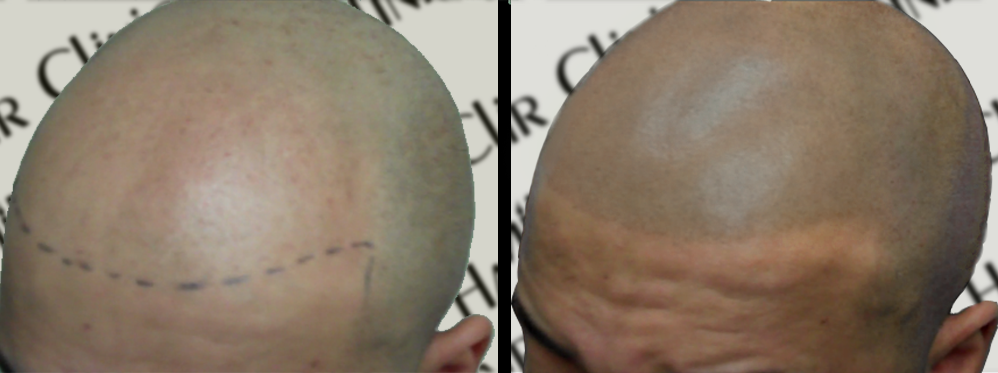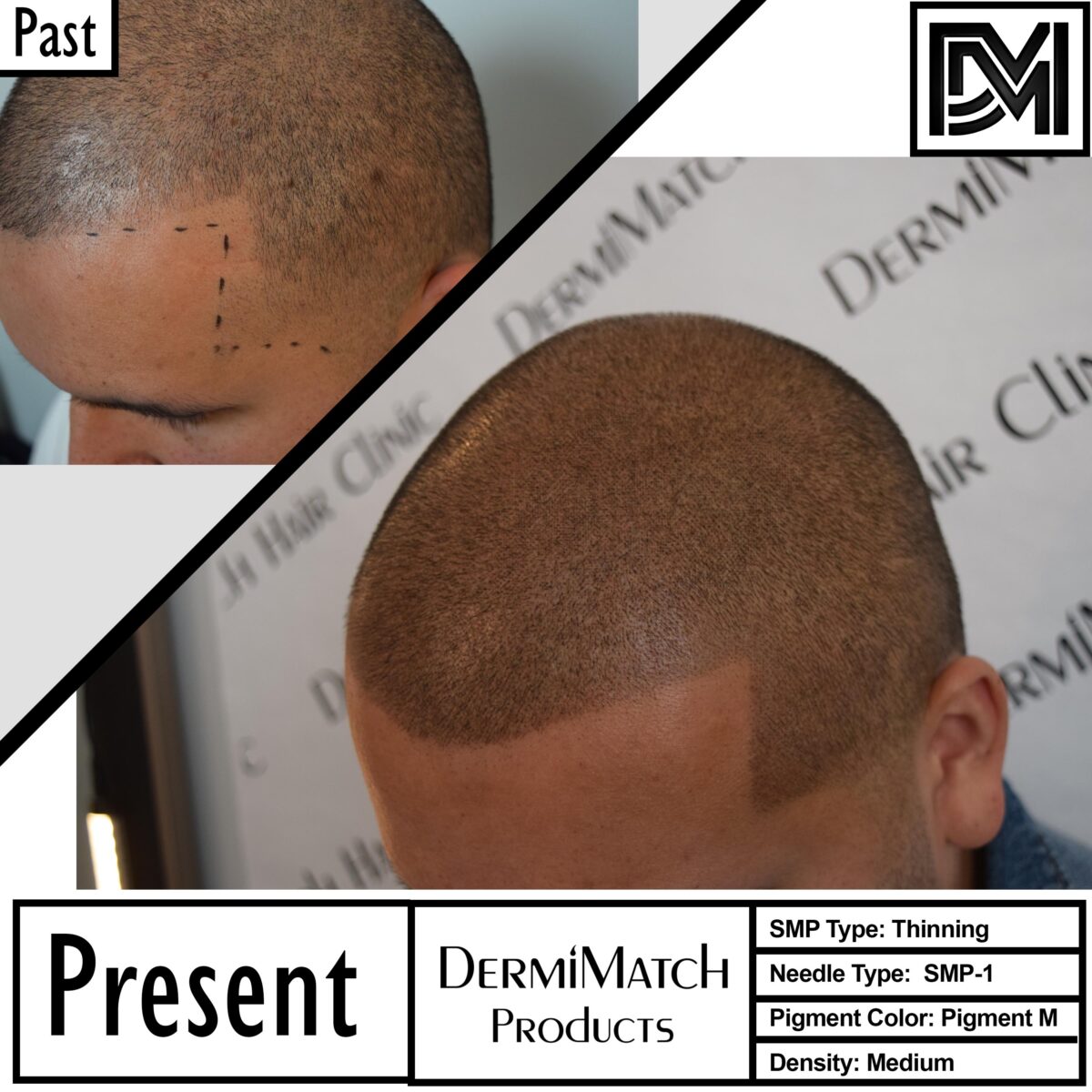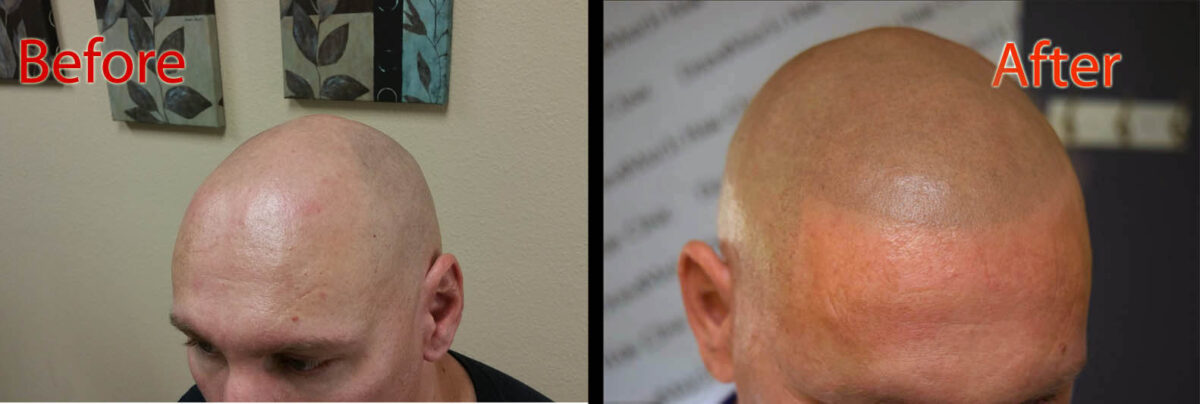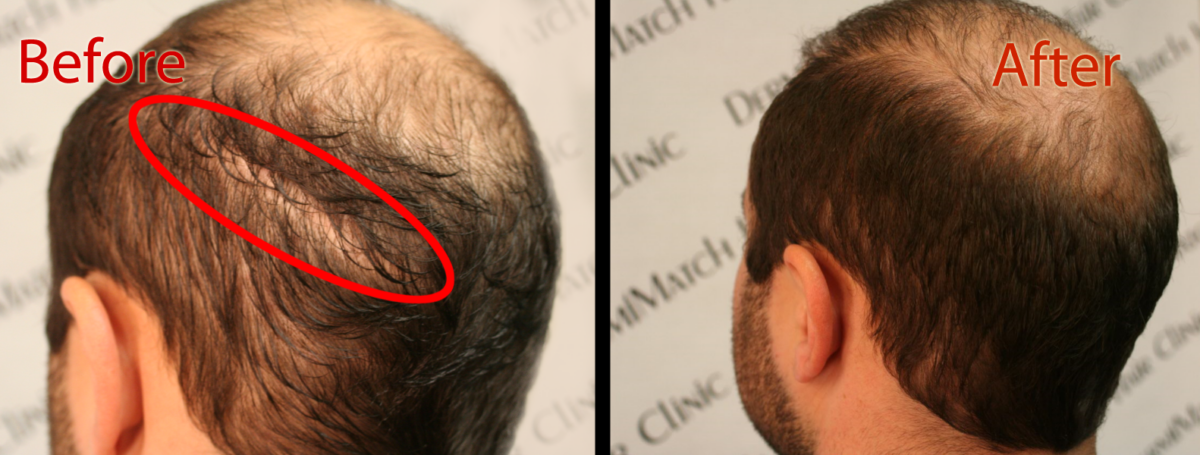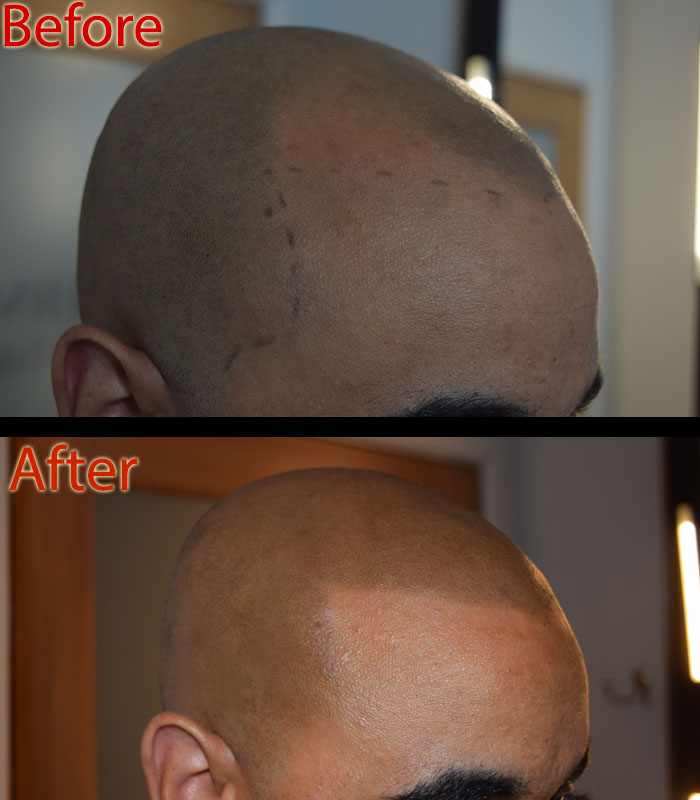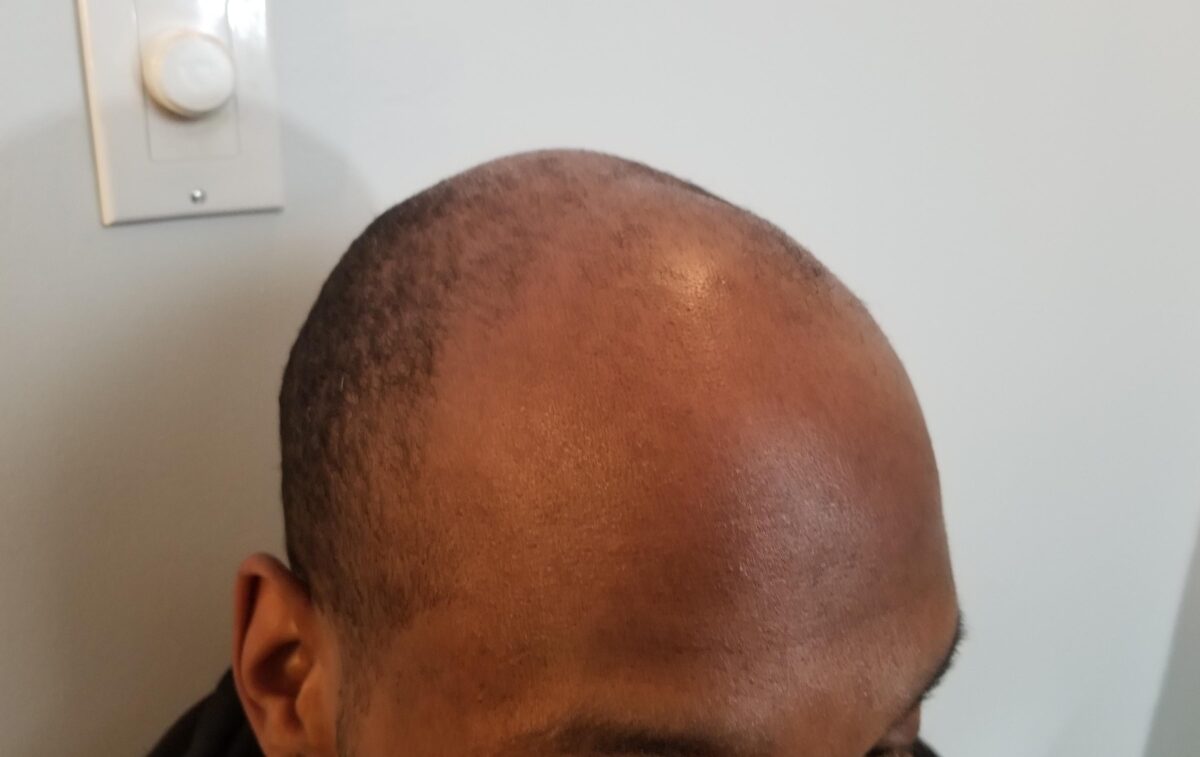The most intriguing question for many clients is if SMP in one day is possible. So let’s try to find an answer here. Well, you might ask why can’t SMP be completed in one session. Scalp micropigmentation is a specialized intricate hair restoration solution that requires technical skills, knowledge of human anatomy, and an eye for detail. When working with a client, an SMP practitioner tries to add value to their experience and allay their fears about hair loss. They also go to the extent of making the procedure safe, secure, and pleasant for the client. The ultimate goal is to recreate the appearance of hair follicles and create a buzz-cut look. It may not be possible to include all minor details in one session.
Here are some of the main factors that determine the number of sessions required for SMP:
- What and how much area needs to be covered?
- Is there any scar tissue?
- What is the level of fading experienced by the client?
- What is the extent of hair loss and its pattern?
Is SMP in 1 session Possible?
While some scalp artists offer to do SMP in one day but that is practically not the best experience for clients. Remember, SMP is a layering process and the scalp artist applies the pigment in layers. The technician gradually builds up density and coverage with each session. Typically, one SMP session is not enough to ensure a lasting treatment.
The process involves making small, tattoo-like dots on the scalp to create the appearance of follicles. Each layer requires time to settle before the application of the new layer The goal is to ensure that the pigments blur. Scalp micropigmentation is a customized hair restoration technique. Every client’s needs are different. This includes skin and hair color, scalp problems, and the extent and type of hair loss.
Remember, SMP is not a one-size-fits-all solution. For clients with extensive hair loss, more scalp sessions can achieve the desired result.
Healing & recovery
Each scalp session requires adequate time for healing. Its during this period that the pigment settles down and fades slightly. A little amount of fading is natural as the body fights any external factor as an enemy. It’s no use to rush the process unnecessarily to complete SMP in one session. This could result in complications and compromise the result.
SMP Sessions
The first session is often the longest, and the time for each session required goes down as the treatment progresses. The scalp practitioner will plan out the number of sessions required for each client considering various factors. First, the pigment used in the first session is light in shade. Second, the session may continue for 3-6 hours and may include breaks. This ensures that they don’t go too deep right at the start, without giving the client time to adjust to the pigment intensity. Depending on how the color looks after the first session, the scalp artist may add more density with each proceeding session.
By the second session, the SMP practitioner has already created a perfect hairline. This session is more about increasing volume by adding extra layers to create a more defined look. The second session may last 30-60 minutes less than the preceding one.
It’s time to make the final touches in the third session. Now the client can heave a sigh of relief and walk out in style and confidence with their completed look! This session may need 30-60 minutes less than its preceding session.
SMP in One Session Isn’t Practical
Some clients may need 4-7 sessions, depending on their scalp problem, for complete scalp micropigmentation. Irrespective of how many sessions are needed, it is critical to choose a skilled and reputable scalp artist who has expertise in the field of scalp micropigmentation. The best Arizona SMP professionals are associated with DermiMatch Clinic. Resolve your scalp problems by getting in touch with the best in the business.

